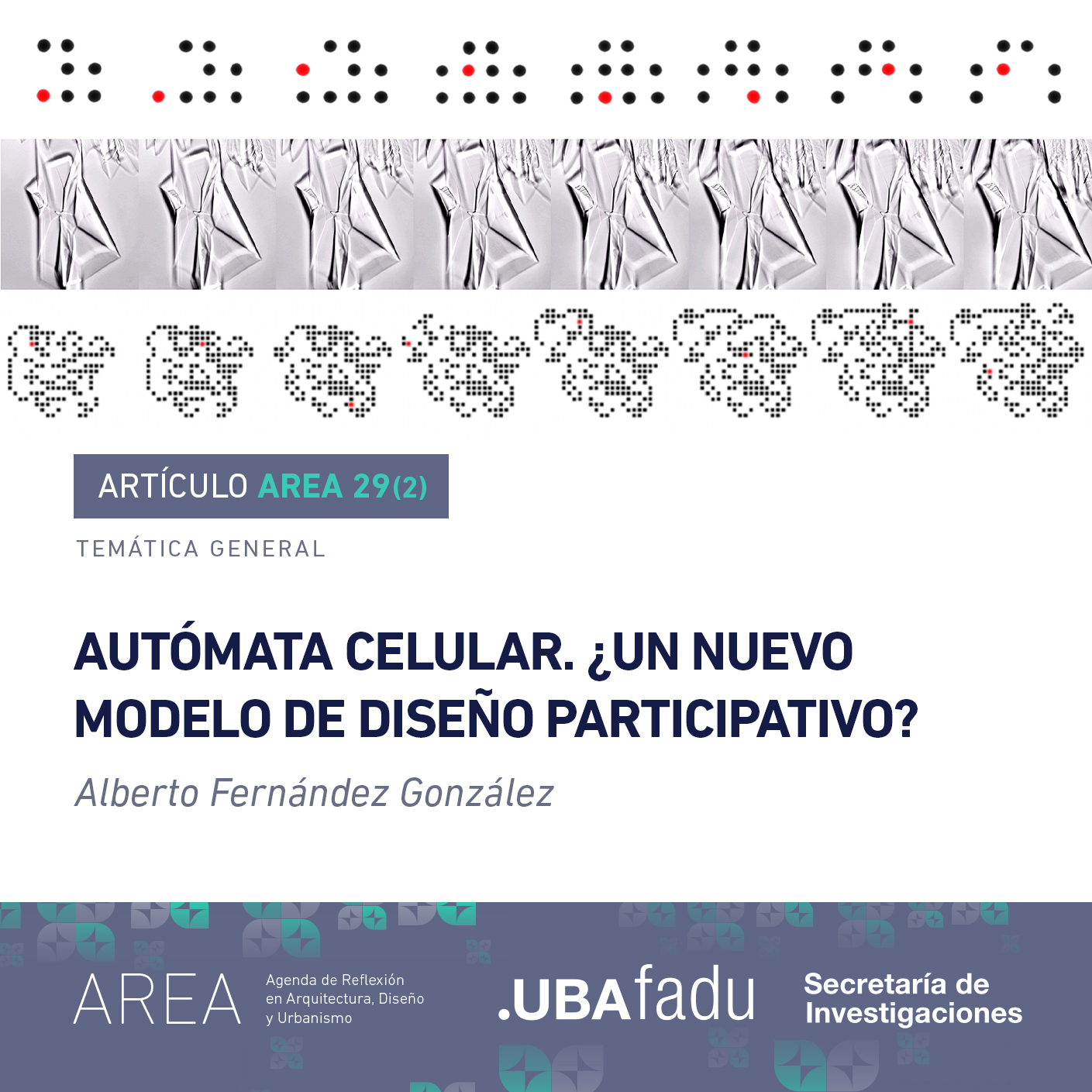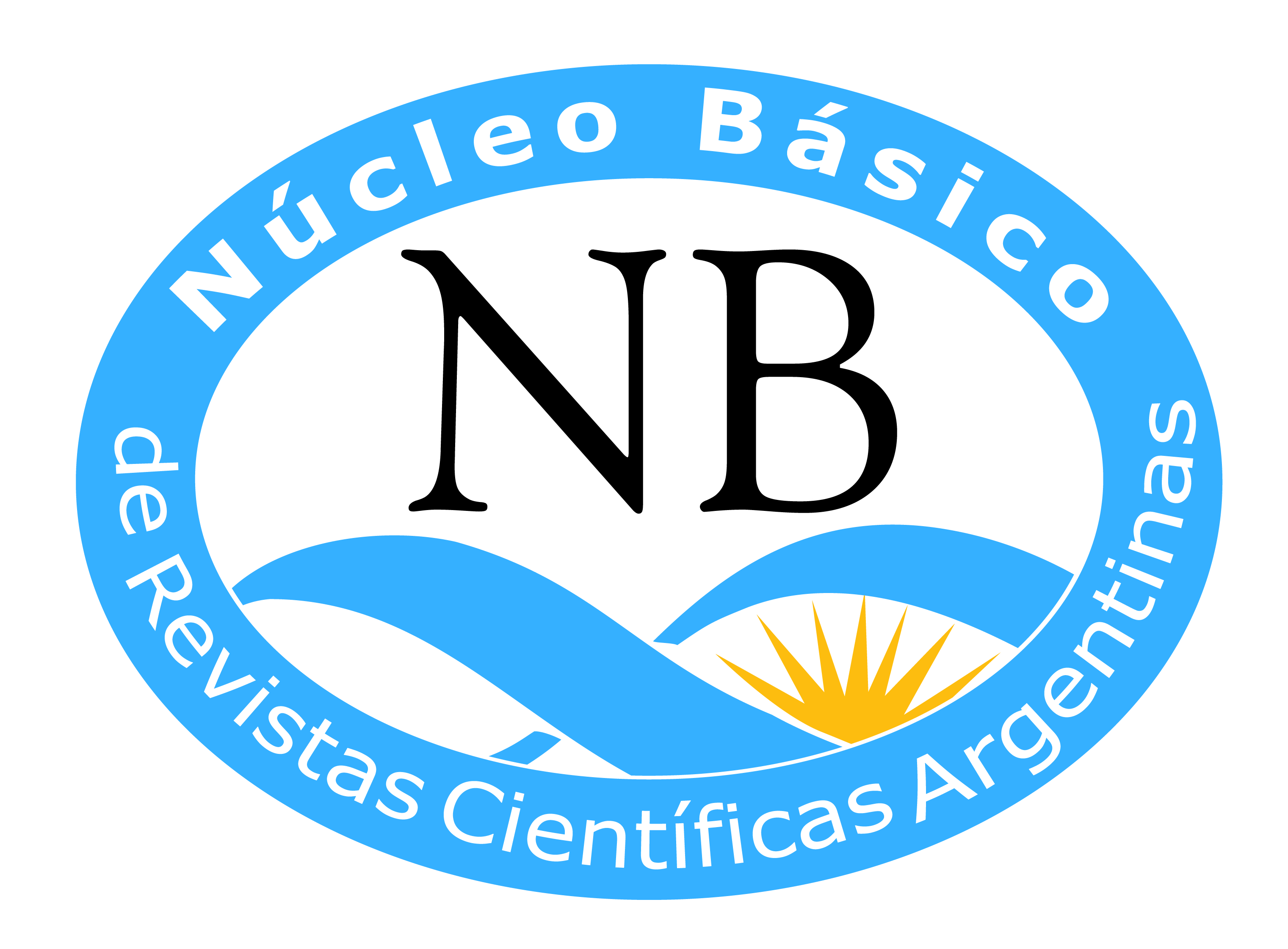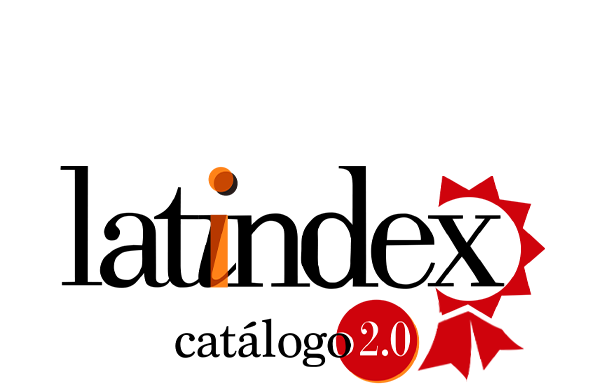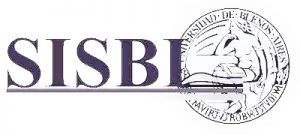Autómata Celular. ¿Un nuevo modelo de diseño participativo?
Palabras clave:
Autómata celular, Diseño generativo, Diseño digital, Teoría digital, Diseño participativoResumen
El Autómata Celular (CA, por sus siglas en inglés) emergió como un modelo matemático hacia 1940, posicionándose como uno de los sistemas complejos que pueden generar formas en 1D, 2D y 3D. Este modelo se fundamenta en la aplicación de principios de diseño de abajo hacia arriba (bottom-up), que permiten crear relaciones básicas entre cada elemento del sistema, facilitando la emergencia de resultados finales inesperados. El término refiere a un sistema que, por medio de modelos computacionales, aplica una serie diversa y limitada de reglas en un contexto simulado y discreto, modulando el estado de una malla discreta desde una posición de apagado a encendido (0 a 1) en su expresión más elemental. Este marco conceptual será fundamental para apreciar la intrincada naturaleza y la significancia de los resultados que puede producir este procedimiento.
A lo largo de los años, el CA se ha consolidado como un sistema de simulación matemática, desarrollándose principalmente en el ámbito digital, sin manifestaciones físicas explícitas en arquitectura a escala humana hasta el momento.
En este artículo, se explora el CA desde sus orígenes, analizando su surgimiento desde una perspectiva histórica, como un enfoque de diseño participativo. Se describen sus principios fundamentales y cómo estos conceptos se integraron gradualmente en el campo de la Arquitectura, convirtiéndose en parte de nuestras herramientas y métodos para el diseño digital. Además, se examina cómo la adopción progresiva de CA ha transformado el diseño y la resolución de problemas en la Arquitectura.
Descargas
Citas
Andrasek, A. (2006). CONTINUUM: A Self-Engineering Creature-Culture. [Archivo PDF]. Architectural Design, 76(5), pp. 18-25. DOI: doi.org/10.1002/ad.316
Anzalone, P. y Clarke, C. (2003). Architectural Applications of Complex Adaptive Systems. Connecting Crossroads of Digital Discourse. Proceedings of the 2003 Annual Conference of the Association for Computer Aided Design In Architecture. Indianapolis, Indiana, 24-27 de octubre, pp. 325-335.
Batty, M. (1997). Cellular Automata and Urban Form: A Primer. [Archivo PDF]. Journal of the American Planning Association, (63), pp. 266-274. DOI: 10.1080/01944369708975918
Belogolovsky, V. (2020, 24 de febrero). Interview with Yona Friedman: “Imagine, Having Improvised Volumes ‘Floating’ In Space, Like Balloons”. [En línea]. ArchDaily. Recuperado de https://www.archdaily.com/781065/interview-with-yona-friedman-imagine-having-improvised-volumes-floating-in-space-like-balloons
Buš, P., Treyer, L. y Schmitt, G. (2017). Urban Autopoiesis – Towards Adaptive Future Citiesm [pp. 695-704]. En P. Janssen, P. Loh, A. Raonic y M. A. Schnabel (eds.), Protocols, Flows, and Glitches – Proceedings of the 22nd CAADRIA Conference, Xi’an Jiaotong-Liverpool University, Suzhou, China, 5-8 de abril.
Coates, P., Healy, N. Lamb, C. y Voon, W. L. (1996). The use of Cellular Automata to explore bottom-up architectonic rule. [Archivo PDF]. Eurographics UK Chapter 14th Annual Conference, 26-28 de marzo. Londres: Eurographics Association UK. Recuperado de https://repository.uel.ac.uk/item/86q73
Frazer, J. (1995). An Evolutionary Architecture. Londres: Architectural Association.
Friedman, Y. (1971). Pour Une Architecture Scientifique. París: Bel-fond.
Friedman, Y. (1970). L’Architecture Mobile. París: Casterman.
Friedman, Y. (1958-1960). Model Spatial City, project. [En línea]. Recuperado de https://www.instagram.com/p/CpLYkkUPpi1/
Gil, B. y Coelho, C. (2017). Laying the fundamentals: Early methods and intentions from the outsets of space syntax. Proceedings of the 11th International Space Syntax Symposium, (13), pp. 1-13.
Herr, C. M. y Fischer, T. (2004). Using Hardware Cellular Automata to Simulate Use in Adaptive Architecture. CAADRIA 2004, proceedings of the 9th International Conference on Computer Aided Architectural Design Research in Asia. Seúl, Corea, 28-30 de abril, pp. 815-828.
Ilachinski, A. (2001). Cellular Automata: A Discrete Universe. Singapure: World Scientific.
Lopes, G. (2007). Envisioning an evolving environment – The encounters of Gordon Pask, Cedric Price and John Frazer. [Tesis doctoral]. Londres: UCL.
Maturana, H. y Varela F. (1972). De máquinas y seres vivos. Santiago de Chile: Editorial Universitaria.
Meyboom, A. y Reeves, D. (2013). Stigmergic Space. ACADIA 13: Adaptive Architecture [Proceedings of the 33rd Annual Conference of the Association for Computer Aided Design in Architecture], Cambridge, pp. 200-206.
Morel, P. (2006). Computational Intelligence: The Grid as a Post-Human Network. [Archivo PDF]. Architectural Design, 76(5), pp. 100-103. DOI: doi.org/10.1002/ad.330
Negroponte, N. (1970). The Architecture Machine: Toward a More Human Environment. Cambridge: The MIT Press.
Vardouli, T. (2013). Performed by and Performative for [pp. 243-252]. En R. Stouffs y S. Sariyildiz (eds.), Computation and Performance – Proceedings of the 31st eCAADe Conference – Volume 1. Delft: Faculty of Architecture/University of Technology.
Wolfram, S. (2002). A new kind of science. Champaign: Wolfram Media.

Descargas
Publicado
Cómo citar
Número
Sección
Licencia

© 1992-2025 – Revista AREA, su sitio, contenidos y metadata están bajo licencia de Acceso Abierto CC BY-NC-ND 2.5 AR







